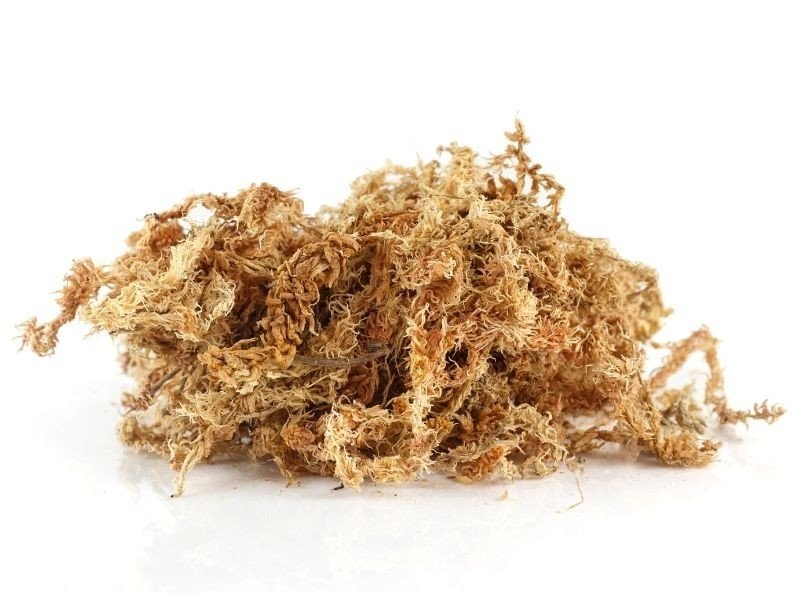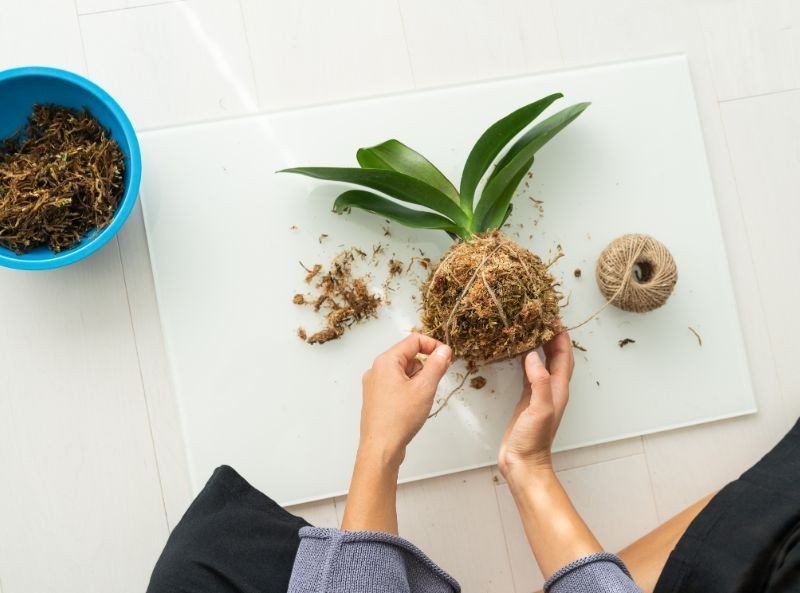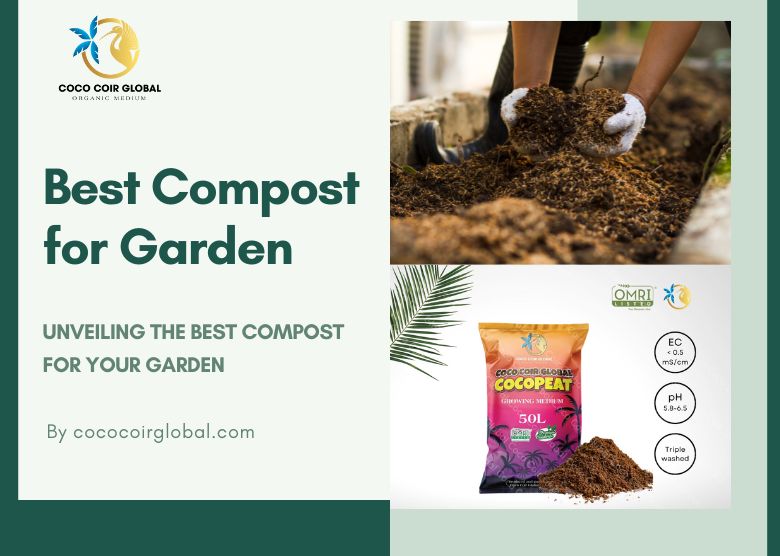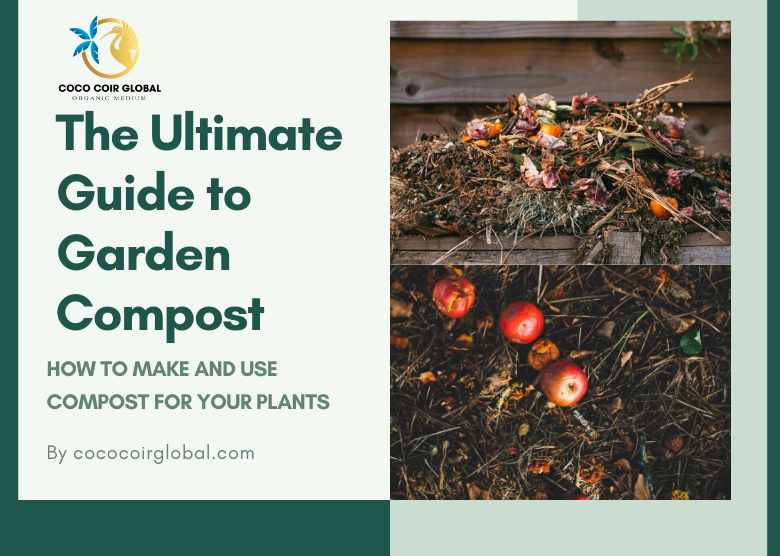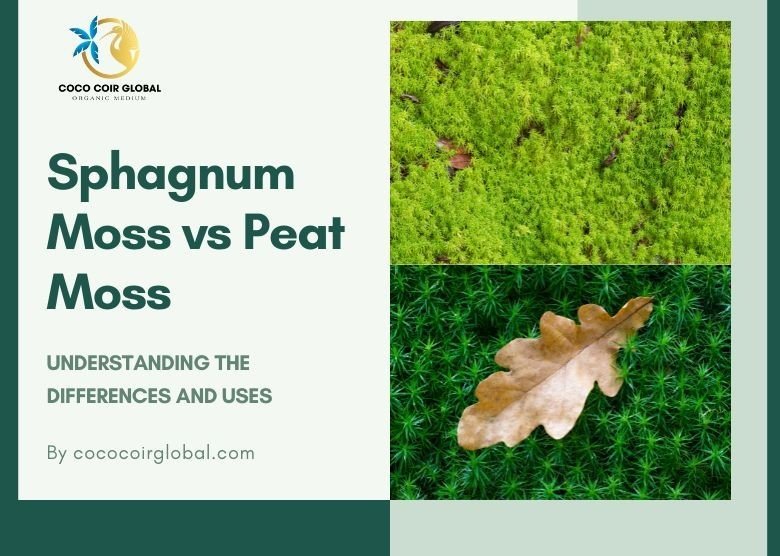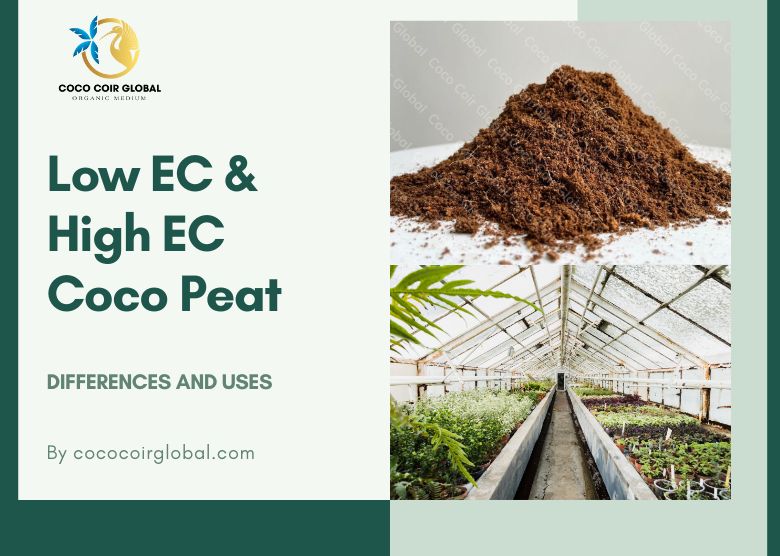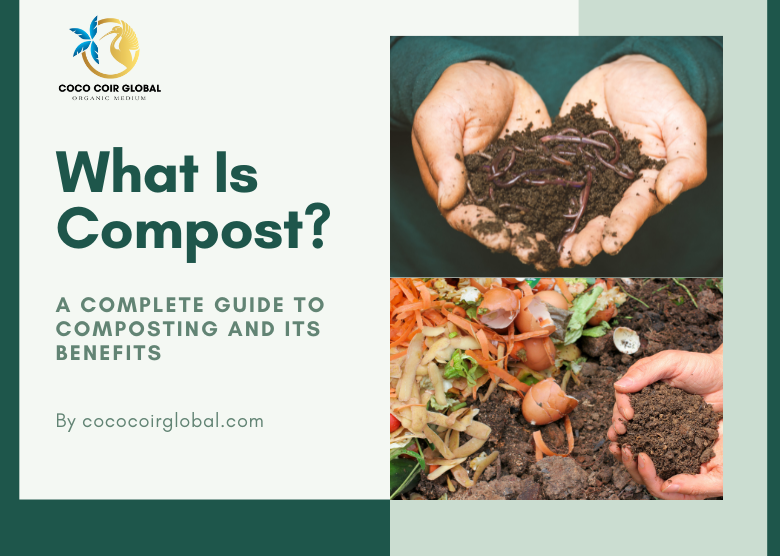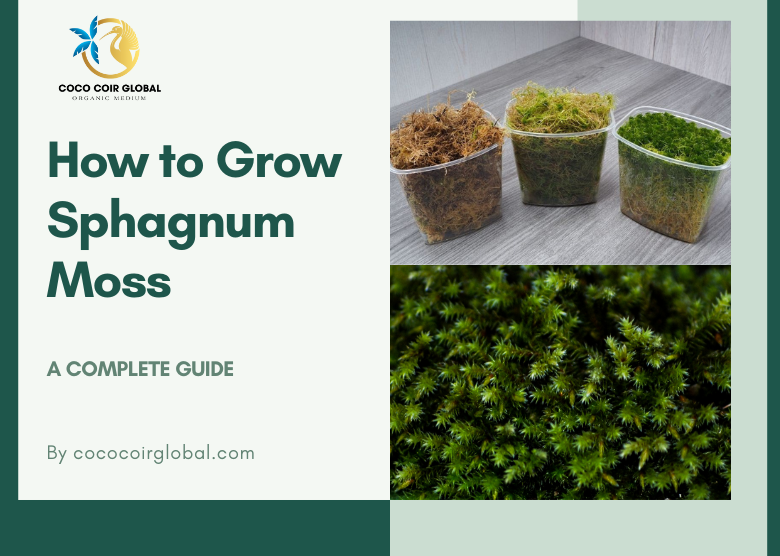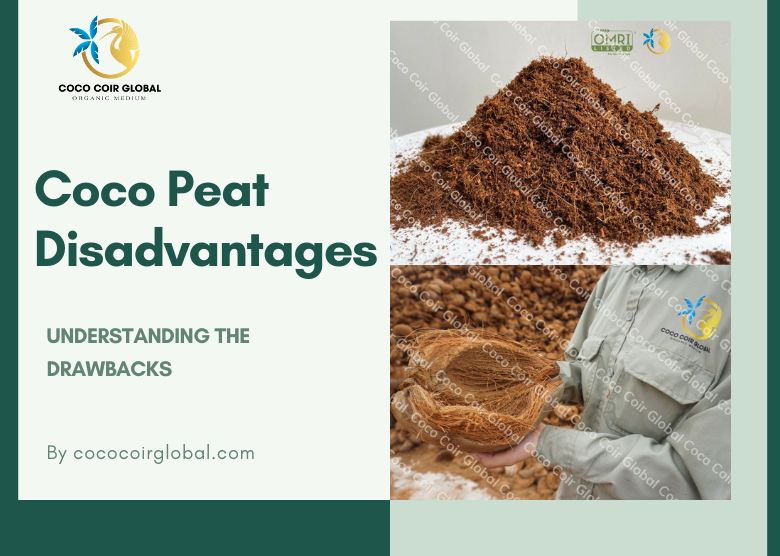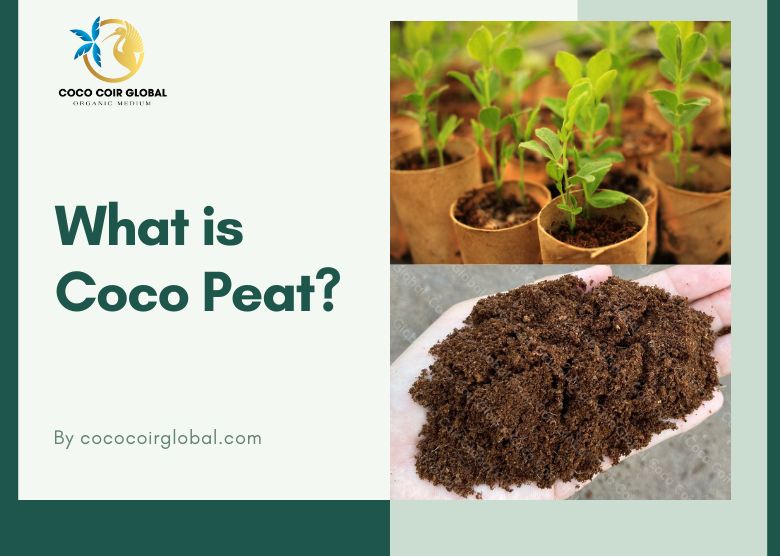What is Sphagnum Moss? Characteristics and Uses
Sphagnum moss, sometimes referred to as peat moss or bog moss, is a species of moss that is found around the world. It is a typical element of peatland ecosystems, which are typically found in wetlands and other bog-like environments worldwide.
Sphagnum moss is distinguished by its distinct composition and characteristics. It has stems that branch out in a dense mat and have a threadlike appearance. Due to its great absorbency, this moss can hold a substantial amount of water, up to 20 times its dry weight. Like a sponge, sphagnum moss holds onto moisture and gradually releases it over time.
See more:
- Coco Coir Potting Mix: The Ultimate Guide to Coconut Coir-based Potting Soil
- Coir vs Soil: Differences Between Coir and Soil
- Peat Moss vs Coco Coir: Which Growing Medium Worths Opting To?
- What Is Compost? A Complete Guide to Composting and Its Benefits
Sphagnum Moss vs. Peat Moss: Differentiating the Two
They are both moss, just to get that right. Technically speaking, both of them came from the larger genus of sphagnum moss, so it can be said that they are basically the same moss. The thing separating them from one to another is the way they are harvested.
Sphagnum moss is the one collected from the upper layer of bogs and wetlands. So they are the still-living layer of the land, harvested and dried to a chunk of pure sphagnum moss.
Peat moss on the other hand, is the other way around. They are the bottom layer of dead moss, decayed plants, insects, etc. This potentially thousand years old chunk of material is extremely rich in organic nutrients.
Utilizing Sphagnum Moss for Plant Care and Planters
Enhancing Plant Growth with Sphagnum Moss
- Potting Mix Amendment: Sphagnum moss can be added to your potting mix to help with moisture retention and aeration. Sphagnum moss collects and stores water before gently releasing it to plant roots, preventing soil from getting too dry or waterlogged and fostering healthier plant growth.
- Rooting Medium for Cuttings: Sphagnum moss can be added to your potting mix to help with moisture retention and aeration. Sphagnum moss collects and stores water before gently releasing it to plant roots, preventing soil from getting too dry or waterlogged and fostering healthier plant growth.
- Soil Covering: Sphagnum moss could be applied to the soil surface surrounding your plants. It functions as a natural mulch, helping to preserve moisture, reduce weed growth, and keep the roots at a more steady temperature. As needed, replace or renew the moss layer.
Creative Uses of Sphagnum Moss in Planters and Pots
- Hanging Baskets: Sphagnum moss can be used to make a natural liner for hanging baskets. This keeps moisture in the basket while yet allowing for proper drainage. Moss can also be used as a decorative element because it lends a rich, green appearance.
- Succulent and Orchid Displays: Mix sphagnum moss with other porous materials like perlite or bark for plants that demand a well-draining substrate. This mild mixture drains well while maintaining some moisture, making it ideal for succulents and orchids.
- Kokedama or Moss Balls: Sphagnum moss can be used to make attractive Kokedama or moss balls. Wrap a plant’s roots with damp sphagnum moss and tie it with twine or string. These moss balls can be hung or placed in ornamental dishes to offer a one-of-a-kind touch to your indoor or outdoor setting.
Utilizing Sphagnum Moss for Indoor Plants
- Terrariums: In terrariums, sphagnum moss can be utilized as a top layer. To make your terrarium more visually appealing and functional, add a layer of sphagnum moss on top of the dirt to add in moisture retention and create a lush, natural appearance.
- Moisture Trays: To establish a moisture reservoir, place a layer of sphagnum moss in a tray or saucer beneath pots. As the moss absorbs water, it releases moisture into the surrounding air, creating a more humid atmosphere. This is especially advantageous for plants that like greater humidity levels.
- Air Plant Mounting: Sphagnum moss can be used to attach air plants to a variety of surfaces, including driftwood and colorful rocks. The moss helps retain moisture around the roots of the air plant, creating a stable environment for growth.
Use Sphagnum Moss
Using Sphagnum Moss as a Soilless Potting Medium
When growing succulents or orchids indoors, sphagnum moss is usually used. It is light and holds a lot of moisture. It does not become unduly damp, though, which means your plant is less likely to suffer from root rot.
Depending on the plant, it may be used alone or in combination with soil or another potting medium. Sphagnum moss does not contain a lot of nutrients, therefore waterings may need to be more regular, and fertilizers may be needed.
Harnessing Sphagnum Moss as a Liner or Form Builder
Sphagnum moss‘ soft, light, malleable texture makes it a popular choice for lining hanging baskets or for creating and holding the shape when building succulent wreaths or other frame-built floral displays.
Incorporating Sphagnum Moss for Decorative Purposes
Sphagnum moss’ soft, light, malleable texture makes it a popular choice for lining hanging baskets or for creating and holding the shape when building succulent wreaths or other frame-built floral displays.
Assessing the Quality and Sustainable Sourcing of Sphagnum Moss
Assessing the quality and sustainable sourcing of sphagnum moss can be done through several approaches. We try to be as thorough as possible:
- Certification and Standards: Look for sphagnum moss products certified by reputable organizations such as the Forest Stewardship Council (FSC) or the Sustainable Forestry Initiative (SFI). These certifications confirm that the moss was sourced and collected using environmentally friendly methods.
- Traceability and Transparency: Choose providers or brands that provide information about their sphagnum moss sourcing and harvesting processes. They must be able to trace the moss’s origin and establish transparency in their supply chain.
- Harvesting Methods: Inquire about the procedures used to gather the sphagnum moss. Sustainable harvesting usually entails selective harvesting, enabling the moss to recover, and reducing the impact on peatland ecosystems.
- Environmental Impact: Examine the environmental impact of sphagnum moss extraction. Companies that value sustainable sourcing should take steps to safeguard biodiversity, protect peatlands, and preserve carbon storage.
- Peatland Conservation: Consider vendors or businesses that actively participate in peatland conservation activities. Partnerships with conservation organizations or programs aiming at restoring and maintaining peatland habitats can be part of this.
- Scientific Research and Collaboration: Companies who invest in research and engage with scientific institutions to better understand peatland ecosystems and create sustainable harvesting procedures should be supported. This shows a dedication to continuous improvement and knowledge exchange.
Well that marks the end. Hopefully this article was helpful.









 2040
2040 




